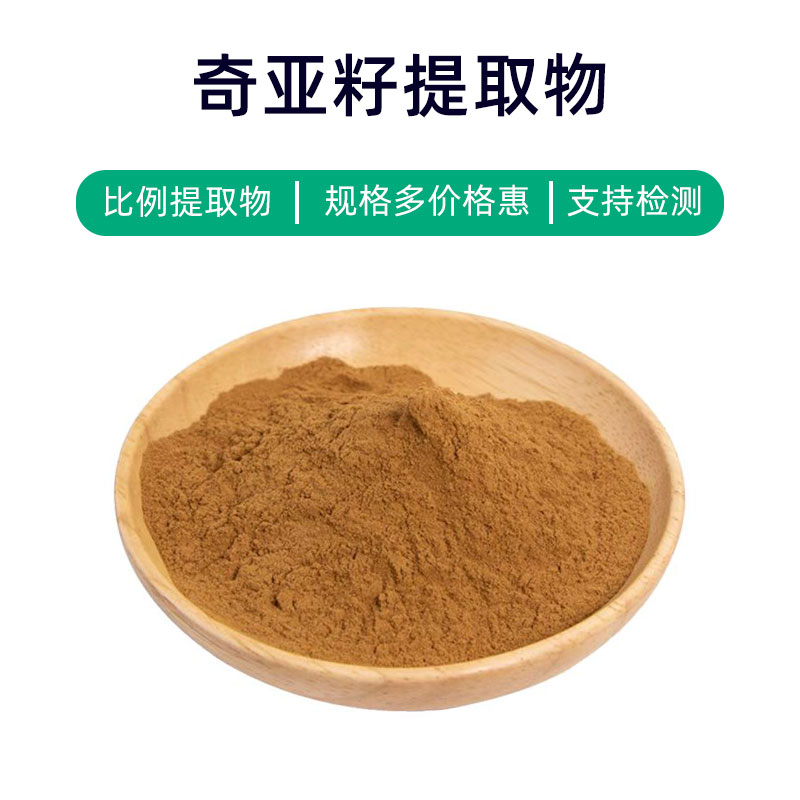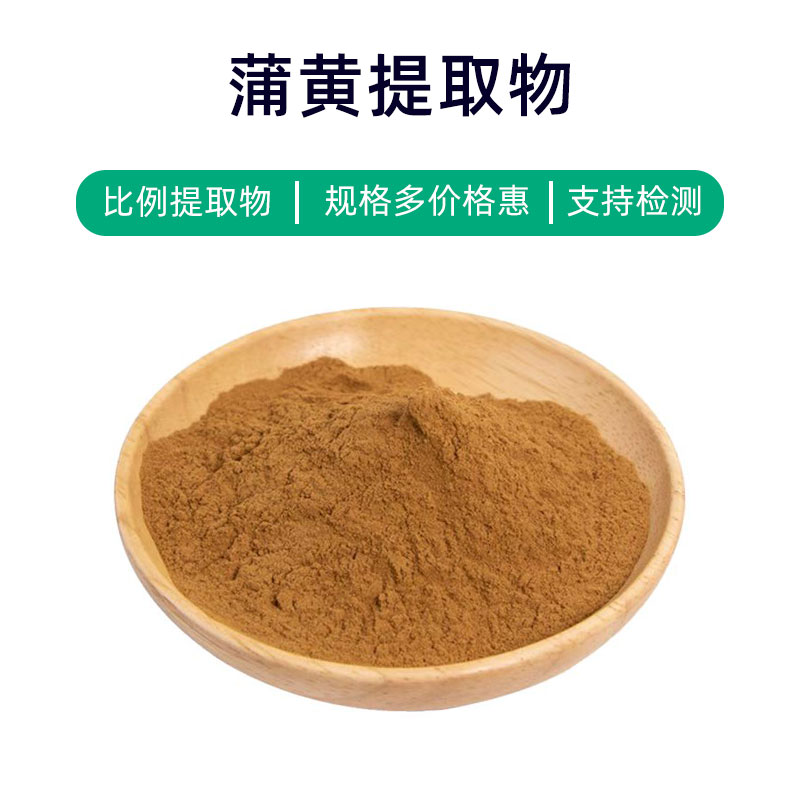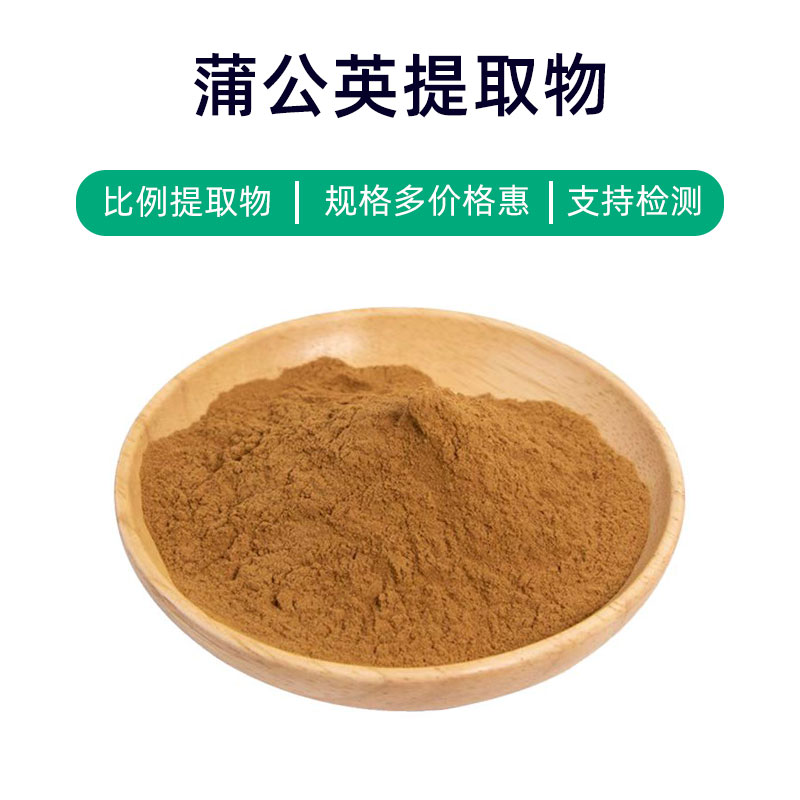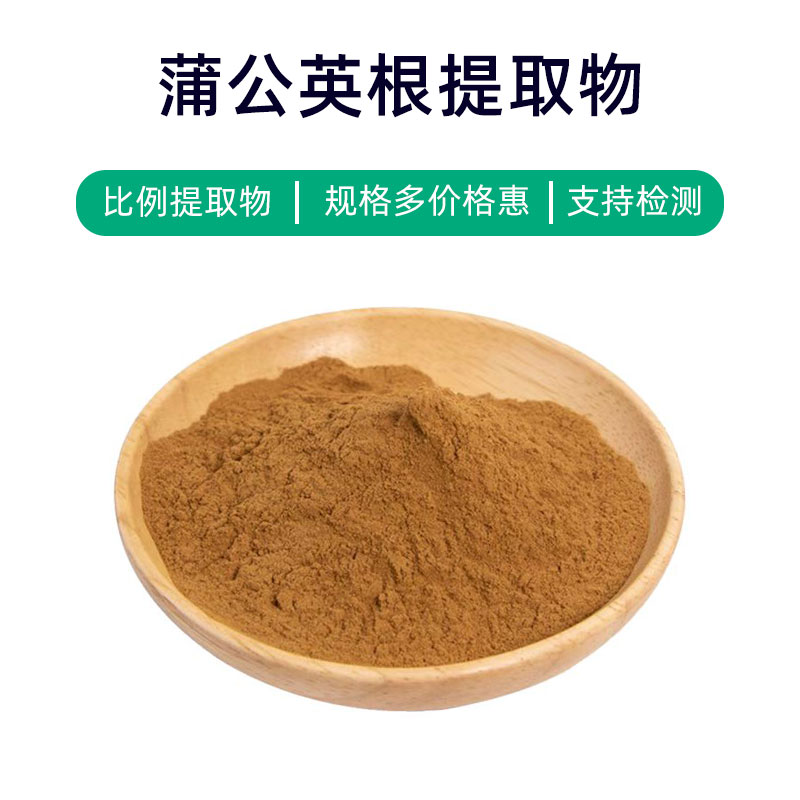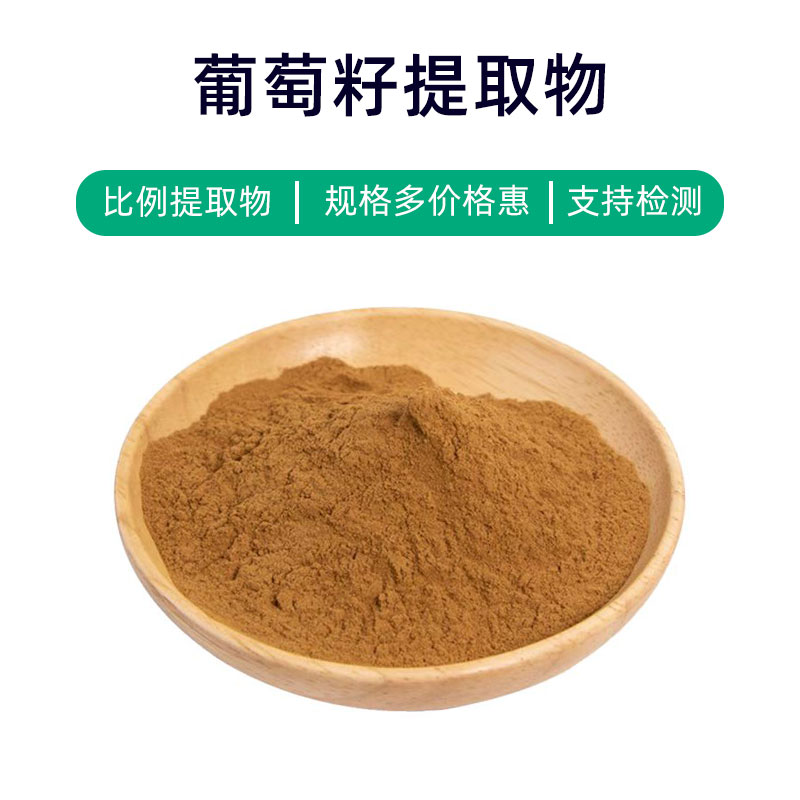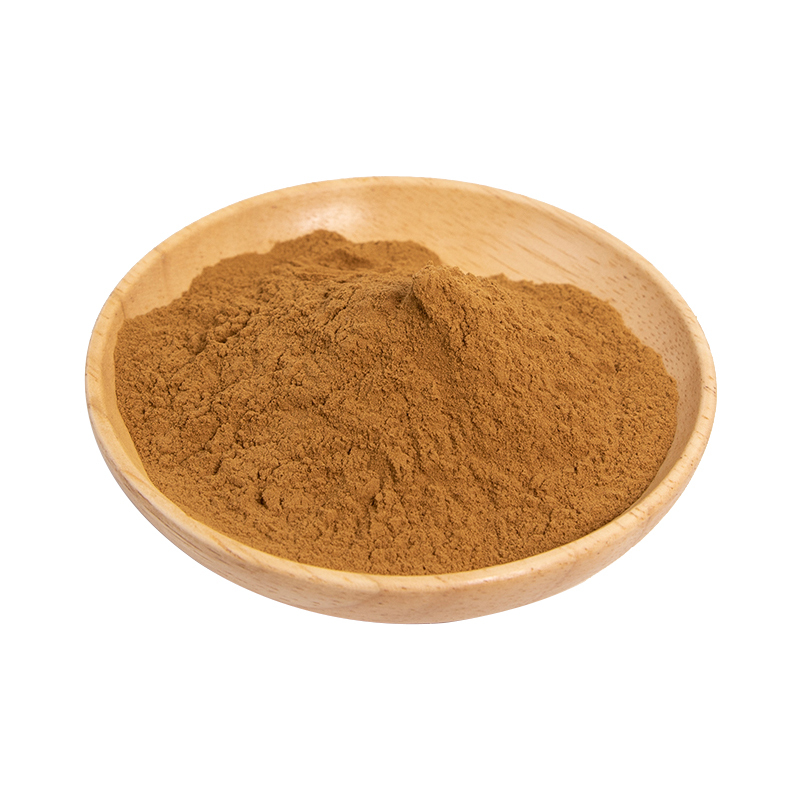Poria Extract Product Introduction
Poria extract is a natural medicinal component derived from the Poria fungus. Its main active ingredients include polysaccharides, triterpenes, and poria acid. Poria extract has a long-standing history and broad applications in traditional Chinese medicine. It is regarded for its various benefits, such as regulating metabolism, enhancing immunity, and improving sleep.
Poria extract is commonly found in traditional Chinese medicine formulations and a variety of health supplements. Its effects are mainly observed in metabolic regulation, helping to enhance metabolic functions and balance the body's internal environment. Additionally, Poria extract is used as a natural immune booster, aiding in strengthening immune functions and reducing the risk of infections and disease. Furthermore, it is believed to have calming properties that help alleviate anxiety and insomnia.
Overall, Poria extract plays a significant role as a natural medicinal component in traditional Chinese medicine, with broad application prospects. It serves not only as an important part of herbal formulations but also as an ingredient in health products and functional foods, providing beneficial support for health.
Poria Extract Production Process
The production process of Poria extract typically includes several key steps:
- Raw Material Preparation: First, high-quality Poria tubers are selected as the raw material. The selection and quality of the raw material directly affect the quality and efficacy of the extract.
- Crushing and Grinding: Poria tubers are crushed and ground to increase the surface area of the extract, facilitating the extraction process.
- Extraction: Appropriate extracting agents (such as water or ethanol) are used to extract from the Poria powder, typically through hot water or ethanol extraction. Controlling the temperature, time, and concentration during extraction is crucial for the quality of the extract.
- Concentration: The extract solution is concentrated to remove excess moisture or solvent, resulting in a concentrated Poria extract.
- Filtration: The concentrated solution is filtered to remove impurities and suspended materials, improving the purity of the extract.
- Drying: The filtered extract is dried, usually through methods such as spray drying or vacuum drying, to convert the liquid extract into a powdered form.
- Packaging: The dried Poria extract is packaged, typically in sealed containers to prevent moisture and oxidation.
- Quality Control: Finished products are subjected to quality inspection, including assessing appearance, color, aroma, moisture content, and active ingredient levels, to ensure compliance with relevant standards and regulations.
These steps constitute a typical production process for Poria extract, each of which must be strictly controlled to ensure product quality and safety.
Poria Extract Efficacy and Side Effects
Poria extract is a common herbal extract with various efficacies and effects. It primarily originates from the Poria fungus and is widely used in traditional Chinese medicine for treating various ailments. In recent years, it has gained attention in modern medical research. Below are detailed descriptions of the efficacy,作用, and potential side effects of Poria extract.
- Diuretic Effects: Poria extract is believed to have good diuretic properties, helping to eliminate excess water and waste from the body, thus aiding in the treatment of edema.
- Immune System Regulation: Studies suggest that Poria extract may help modulate the immune system, enhancing immune functions and increasing resistance.
- Anti-inflammatory Effects: Poria extract contains various active components, some of which have anti-inflammatory properties, helping to alleviate inflammatory responses and may provide relief from certain inflammatory diseases.
- Blood Sugar Regulation: Research indicates that Poria extract may have some regulatory effect on blood sugar levels, assisting in lowering blood sugar and may serve as an adjunct treatment for diabetes.
- Liver Protection: Poria extract is considered to have a protective effect on the liver, helping to lighten the liver's burden and promoting the repair and regeneration of liver cells.
- Antioxidant Properties: Poria extract is rich in antioxidants, which help to clear free radicals from the body, slow down cellular oxidative damage, and have anti-aging effects.
- Nervous System Regulation: Poria extract is thought to have a regulatory effect on the nervous system, helping to alleviate anxiety and depression while improving sleep quality.
While Poria extract offers multiple benefits, potential side effects should be noted:
- Digestive Issues: In some individuals, long-term or excessive use of Poria extract may lead to indigestion, diarrhea, or other gastrointestinal problems.
- Allergic Reactions: Some individuals may experience allergic reactions to certain components in Poria extract, leading to symptoms like rashes or itching.
- Drug Interactions: Poria extract may interact with certain medications, affecting their efficacy or increasing the risk of adverse reactions; therefore, caution is advised when used alongside other drugs.
- Use in Pregnant and Nursing Women: The safety of Poria extract has not been thoroughly established in pregnant or nursing women, so this population should exercise caution and consult a healthcare provider before use.
In conclusion, Poria extract possesses a range of effects, including diuretic, immune regulation, anti-inflammatory, blood sugar reduction, liver protection, antioxidant properties, and nervous system regulation. However, potential side effects should be considered, and it is advisable to use Poria extract under a healthcare provider’s guidance, particularly for specific groups such as pregnant or nursing women and those with chronic conditions.
Poria Extract Application Scenarios and Dosage
Poria extract is widely applied in the fields of medicine, food, and cosmetics, with dosage varying according to different application contexts. Below is a focus on the applications of Poria extract in these three areas, along with their respective dosages.
1. Applications in Medicine:
Usage:
- Poria extract is commonly used in traditional Chinese medicine prescriptions to treat symptoms like edema, damp heat, and digestive disharmony.
- It can serve as a supplementary component in medications aimed at regulating the immune system, lowering blood sugar, and protecting the liver.
Dosage:
- Poria extract typically exists in forms such as powders, tinctures, and liquid extracts, suitable for oral or external use.
- Common oral forms include granules or pills, generally advised to follow the dosage recommendations of a healthcare provider or product instructions.
- For external use, Poria extract can be applied as an ointment or patch, adhering to the manufacturer's guidelines for application, usually applied as needed.
2. Applications in Food:
Usage:
- Poria extract is often added to health foods and functional foods to enhance product efficacy.
- It can be used to make drinks and desserts flavored with Poria.
Dosage:
- In health foods, Poria extract typically appears as powders or tinctures, recommended to follow product instructions or healthcare provider guidance for dosage.
- In food production, Poria extract can be added as per the recipe requirements, generally advised to adhere to food safety standards and production specifications.
3. Applications in Cosmetics:
Usage:
- In cosmetics, Poria extract is commonly utilized for its moisturizing, anti-inflammatory, and antioxidant properties in skincare products and masks.
- It helps improve skin moisture balance, reduce inflammatory responses, and delay skin aging.
Dosage:
- In skincare products, Poria extract is generally added as water-soluble or oil-soluble components, suggested to use according to product instructions based on type and efficacy.
- Generally, the concentration of Poria extract in cosmetics is low and not likely to produce significant medicinal effects, but users should adhere to the principle of appropriate use to avoid excessive application.
In summary, Poria extract has various application scenarios and dosage in the medical, food, and cosmetic fields. When selecting Poria extract products, it is essential to follow specific needs and product instructions and adhere to guidance from healthcare providers or manufacturers to ensure safe and effective use.
Plant Introduction, Distribution, and Growth Environment of Poria Extract
The primary source of Poria extract is a fungus known as Poria (scientific name: Poria cocos). Poria is a wood-decaying fungus belonging to the order Polyporales, family Polyporaceae, and genus Poria, which is an ancient herbal medicine. Here, we will discuss the botanical characteristics, distribution, and growth environment of Poria.
Plant Characteristics:
Poria has a flattened round or irregular shape, with a surface that is often yellow-brown or brown and has a hard texture, while the interior is predominantly white. Its surface features numerous holes of varying sizes, hence the name "porous fungus." It grows in the soil surrounding plant root systems, extracting nutrients from plant debris and organic materials.
Distribution:
Poria is primarily found in East Asia, including regions of China, Japan, and the Korean Peninsula, especially in southern China. In China, Poria is mainly produced in provinces such as Jiangsu, Zhejiang, Hunan, Hubei, Anhui, and Jiangxi. Due to its specific environmental requirements for growth, Poria is not commonly found in other regions around the world.
Growth Environment:
- Climate Conditions: Poria prefers a humid climate and typically grows in areas with abundant annual rainfall and high humidity. A warm, rainy summer and colder winters favor its growth.
- Soil Requirements: Poria primarily grows in sandy or sandy loam soils, which support the expansion of its mycelium and root system.
- Growth Environment: Poria usually grows in forest understories, grasslands, or damp hillside areas, commonly cohabiting with trees like pines and cedars. While it requires some light for growth, it should not be exposed to direct sunlight and typically thrives in semi-shaded environments.
- Pests and Diseases: Poria’s growth can be affected by certain pests and diseases, such as fungal infections and aphids, thus requiring attention to pest management during cultivation.
In summary, Poria thrives in humid, warm climates and grows in sandy or sandy loam soils. It is primarily distributed in southern China and East Asia, cohabiting with trees like pines and cedars. The growth environment significantly influences its medicinal value, necessitating proper management during its cultivation and harvesting to ensure quality and quantity.
Processing and Storage of Poria Extract
The processing of Poria extract typically involves steps such as grinding, steeping, filtering, and concentrating, resulting in forms such as powder, tincture, or liquid extract. For storage, it should be kept in a cool, dry, and ventilated area, away from direct sunlight and humid environments to prevent mold and deterioration. Dried Poria extract is best stored in sealed containers to extend its shelf life. When necessary, follow the storage and usage instructions provided by the manufacturer.
Monica Sun is a seasoned expert in the plant extraction industry with over a decade of experience in research and production. She specializes in the extraction and purification of plant active ingredients, focusing on driving innovation in natural product applications. Monica has participated in the development of multiple functional plant extracts, delivering high-value natural raw material solutions for the health food, pharmaceutical, and dietary supplement sectors.









